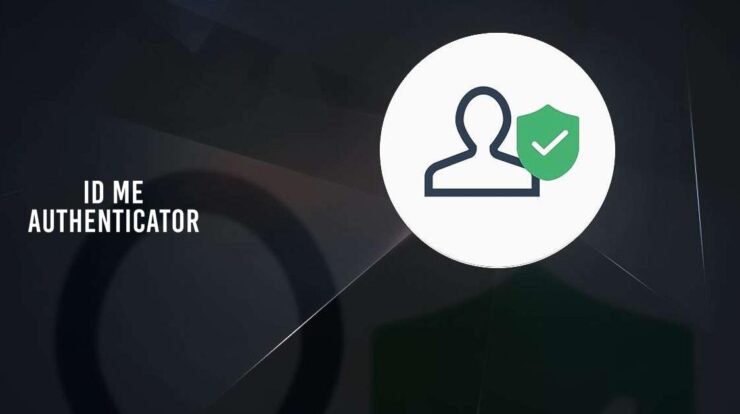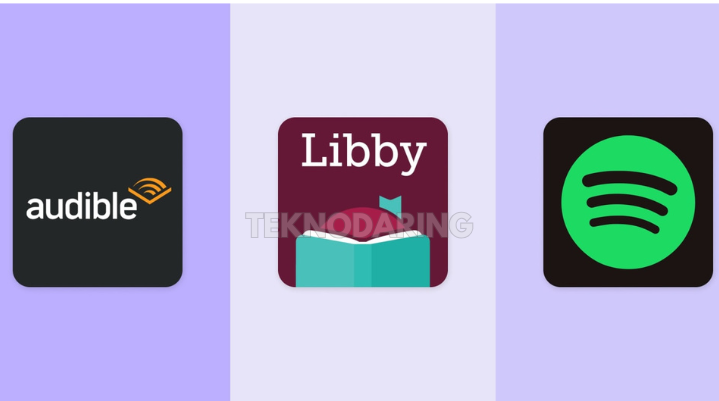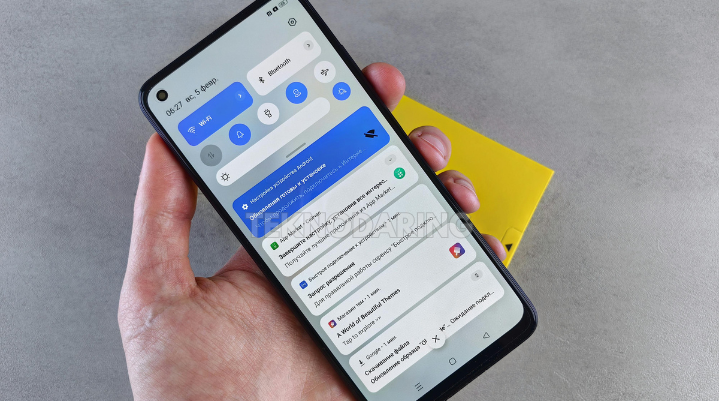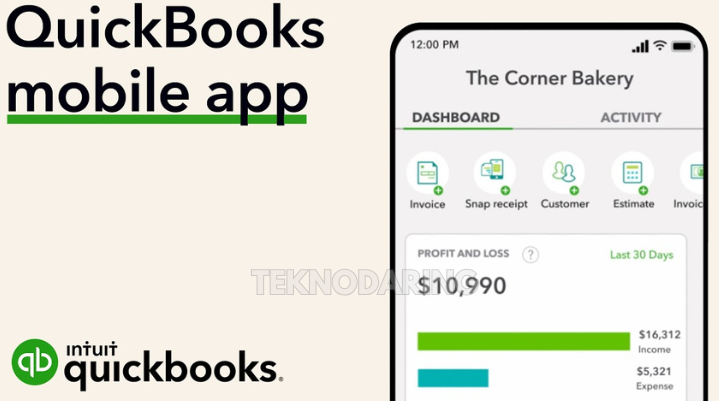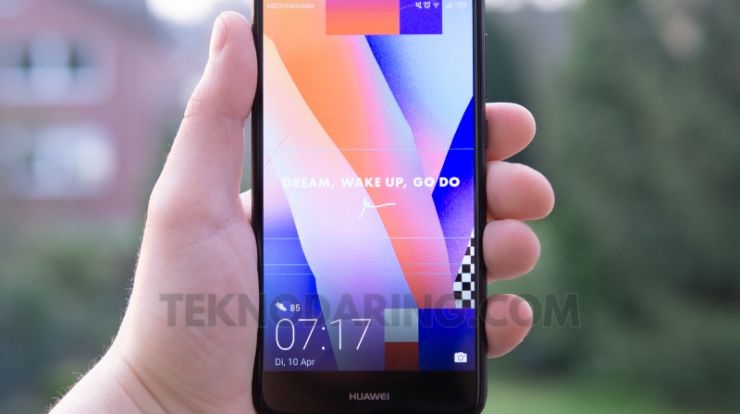
Troubleshooting App Compatibility Errors on Android Devices
How to Fix “This App Isn’t Compatible with Your Device” – Encountering the dreaded “Your device isn’t compatible with this version” error message on Google Play can be incredibly frustrating—especially when you’re eager to try out a new app. This error usually means there’s a mismatch between the app’s requirements and your phone’s current software or hardware setup.
But don’t worry—there are multiple ways to fix this issue and get your desired app running smoothly. Let’s walk through the top reasons for incompatibility and the step-by-step fixes to solve it.
Why Is My Device Not Compatible With Certain Apps?
The Android ecosystem includes thousands of devices with different screen sizes, chipsets, and software versions. Because of this, developers often limit app availability to certain devices to ensure optimal performance and security.
Common Causes of App Compatibility Issues:
-
Outdated Android operating system
-
Incompatible or obsolete Google Play Services
-
Corrupted Google Play Store cache or data
-
Device enrolled in Beta programs
-
Regional restrictions or country-based limitations
-
Hardware limitations (RAM, CPU, display resolution)
Understanding the root cause is key to choosing the right fix. Let’s explore how to tackle each potential issue.
How to Fix App Compatibility Issues on Android
1. Update Your Android Operating System
Apps built for newer Android versions may not install on older devices. To check for updates:
-
Go to
Settings > System > Software Update -
Download and install any available updates
✅ Keeping your OS updated improves compatibility, performance, and security.
2. Clear Cache and Data from Google Play Store
A corrupted cache can cause app installation errors. Here’s how to clear it:
-
Navigate to
Settings > Apps > Google Play Store -
Tap Storage then Clear Cache and Clear Data
Restart the Play Store and try downloading the app again.
3. Force Stop the Google Play Store
If Play Store is acting up, force-stopping it can refresh its processes:
-
Go to
Settings > Apps > Google Play Store -
Tap Force Stop
-
Reopen the Play Store and try again
4. Reset Google Services Framework
The Google Services Framework helps your device communicate with Google servers. Resetting it can solve weird Play Store errors:
-
Go to
Settings > Apps > Show System Apps -
Find Google Services Framework
-
Tap Storage > Clear Cache and Clear Data
5. Uninstall Google Play Store Updates
Sometimes, recent Play Store updates create bugs. To roll back:
-
Go to
Settings > Apps > Google Play Store -
Tap the three-dot menu and choose Uninstall Updates
Once done, restart your device and the Play Store will auto-update itself again.
Advanced Fixes for Tech-Savvy Users
6. Sideload the App Using APK
If the app isn’t available on Play Store, download the APK file from a reliable third-party site like APKMirror or APKPure:
-
Enable
Install from Unknown Sourcesin your device settings -
Download the APK file
-
Open it to install manually
⚠️ Always scan APK files for viruses and only use trusted sources.
7. Install a Custom ROM (Advanced)
If your phone is no longer supported officially, flashing a custom ROM like LineageOS can give you access to newer Android versions. This process includes:
-
Unlocking the bootloader
-
Installing a custom recovery (e.g., TWRP)
-
Flashing the custom ROM and GApps
⚠️ Warning: This method can void your warranty and brick your device if done improperly.
Alternative Workarounds to Try
8. Use Alternative App Stores
Apps unavailable on Google Play might be available on:
-
Amazon Appstore
-
Samsung Galaxy Store
-
Huawei AppGallery
-
Aptoide
Just make sure you only download from reputable platforms.
9. Opt-Out of Android Beta Programs
If you’re enrolled in a Beta software program, some apps may not recognize your device as compatible.
-
Go to the Beta Program section in the Play Store or your phone settings
-
Unenroll and return to the latest stable release
-
Reboot your phone and retry the app installation
Important Tips Before Making Changes
Before attempting any system-level changes:
-
Back up your important data to avoid losing files or settings
-
Read instructions carefully—especially when dealing with APKs or ROMs
-
Consider security risks when downloading from outside the Play Store
Final Thoughts: Overcoming Android App Compatibility Issues
How to Fix “This App Isn’t Compatible with Your Device” – Running into the “app isn’t compatible” message doesn’t always mean you need a new device. With the right steps—whether it’s updating your OS, tweaking settings, or sideloading—you can often fix the problem and enjoy the apps you want.
Take each solution step-by-step, and always prioritize device safety and data security.

